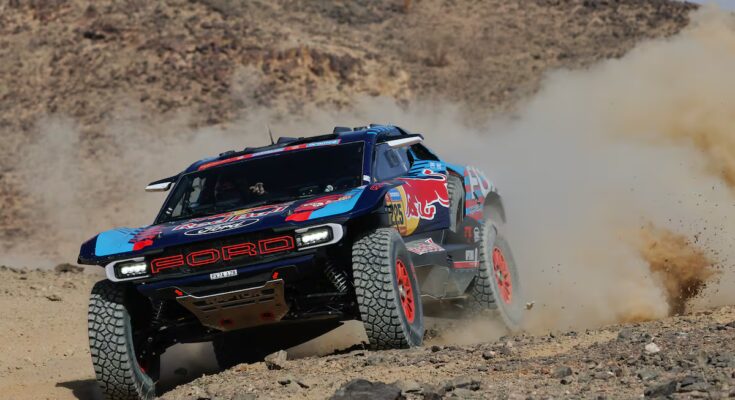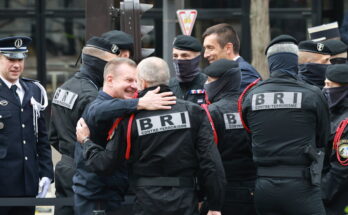The Dakar Rally is at ease in its Saudi oasis, where petrodollars have supported the race’s finances and introduced unsuspected improvements in the daily lives of the thousand inhabitants who make up its traveling caravan. Now there is a hot shower and a plate of food ready to serve practically 24 hours a day in the bivouac, and even air conditioning, something never seen in those first days in Africa. And the improvements continue. Between 3 and 17 January 2026, the race will return to the Arabian Desert for the seventh time to celebrate the 48th edition of the adventure that the Frenchman Thierry Sabine created in 1977, lost in the Sahara.
In the bucolic landscapes of Arabia, already well known to those who never miss an appointment, but no less beautiful for this reason, the menu will be the one we have become accustomed to in recent editions: the difficulty bar is very high, and a lot of competition in the main car and motorbike categories. “We looked for balance and symmetry between the two weeks of the race,” comments David Castera, director of the rally. “We are talking about a high level in recent years, something that I like and that, in general, all the competitors like,” adds the former French driver.
8,000 kilometers of odyssey, of which 4,900 are timed, await participants, with 325 vehicles registered for the adventure. Among the 118 bikes targeted, those of Spaniard Edgar Canet (KTM) and Tosha Schareina (Honda) aim high. In cars, the incombustible Carlos Sainz (Ford) will seek his fifth Touareg trophy at the age of 63 in a caravan with an elite prototype record (72). On four wheels, Laia Sanz will make her debut in the premier category with Ebro, where Cristina Gutiérrez (Dacia), Nani Roma (Ford) and Isidre Esteve (Toyota) are still at the forefront and in command.
https://x.com/dakar/status/1989024752258936926
Dunes will have one day in each week of competition, divided by a rest in Riyadh, the country’s capital, on January 10. Two refuge marathon stages will also be distributed, where all the competitors, professionals and amateurs, will share a night in the open air with a tent, military rations and no type of assistance from mechanics and teams, the dose of tenacity that brings the participants back to the origins and the true “Dakarian” spirit.
“Every day there will be many kilometers and a bit of everything in each stage. There will be rocks, very technical parts, faster parts, dunes, sand… familiar territory but never easy”, explains Castera. At a competitive level, little will change and the philosophy will be the same. “If you give 100% every day, you probably won’t finish it,” illustrates Sebastien Loeb, one of the icons of motor sport who has been chasing the elusive glory of rallying for years. This year there will be more favorites than ever in all categories, including the reigning motorcycle champions, Australian Daniel Sanders (KTM), and car champions, Saudi Yazeed Al-Rahji (Toyota).
As in all sports, hyper-professionalization has taken over the Dakar XXL bivouac, which will start and finish on the shores of the Red Sea in Yanbu and will avoid the remote empty quadrant of the Saudi desert to facilitate the logistics of the race and not overly complicate travel. The other camps will be located in Al-Ula, Ha’il, Wadi Ad-Dawasir, Bisha and Al-Henakiyah.
This is a recognized gesture towards all the staff surrounding a competition that always shares Christmas with all its protagonists, and whoever flies later to the competition must bring the grapes already on the outward plane. The concession is relative: the bivouac will have to move ‘only’ seven times in 14 days, a historic minimum in Arabia, and so the public will be more rested for the endless night shifts while the participants will try to sleep a wink, which is never easy with the roar of mechanics testing engines in the background.



